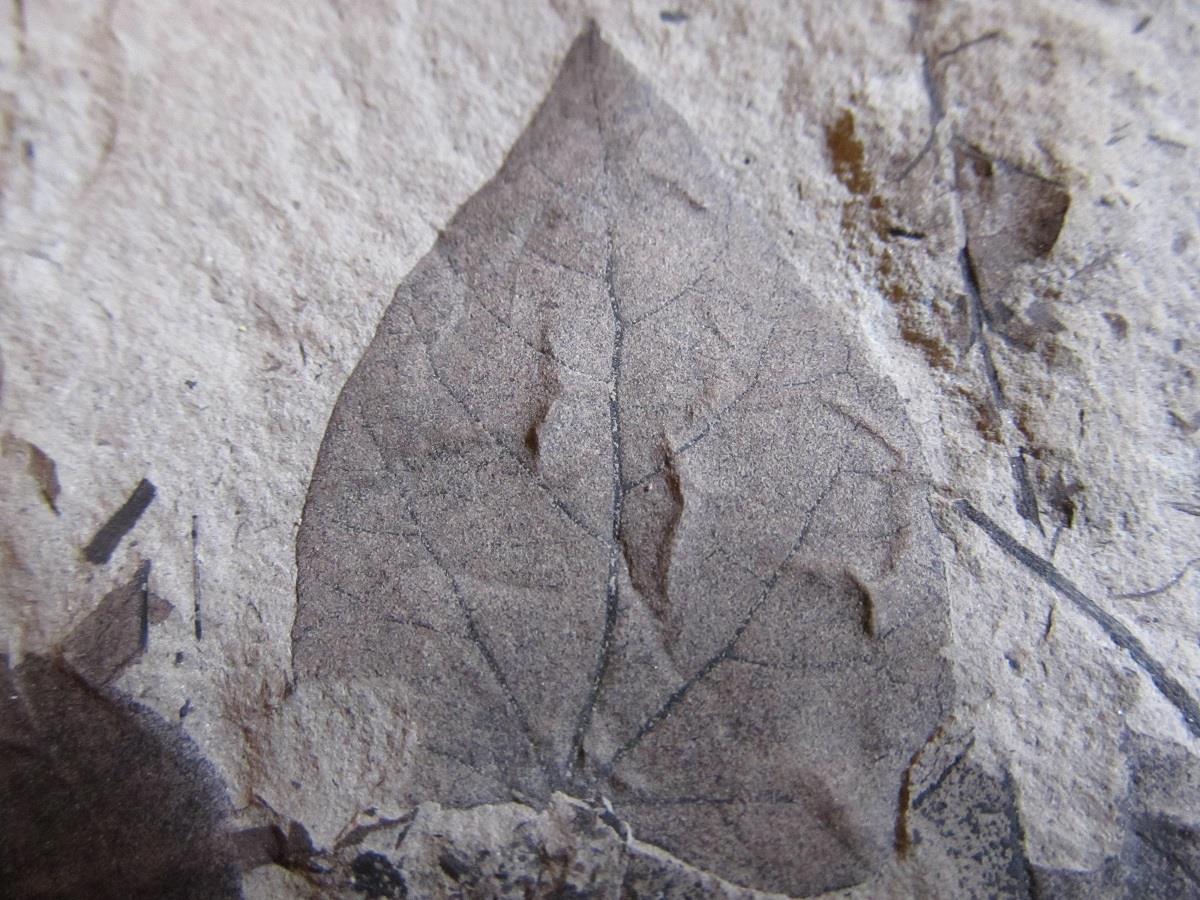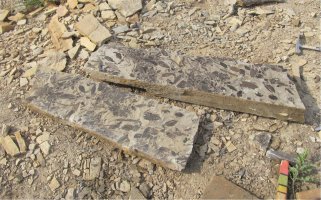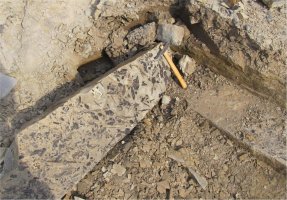Paleontological Site Lake Most
› Detail › Paleontological Site Lake MostExhibit of the Month 12 / 2018
Paleontological Site Lake Most
During the earthworks for the construction of Lake Most, a layer of very hard rock – pelosiderite – was uncovered. This is a very hard rock that allowed for the exceptional preservation of Tertiary plants. The plants are mostly preserved in the pelosiderites as accumulations of plant mass, where it is very difficult to distinguish individual leaves. In some blocks of rock, entire individual leaves are exceptionally preserved. The most common finds are leaves of willows, alders, elms, maples, and poplars. Rarer species include sycamores, plane trees, parrotia, and barberry.





